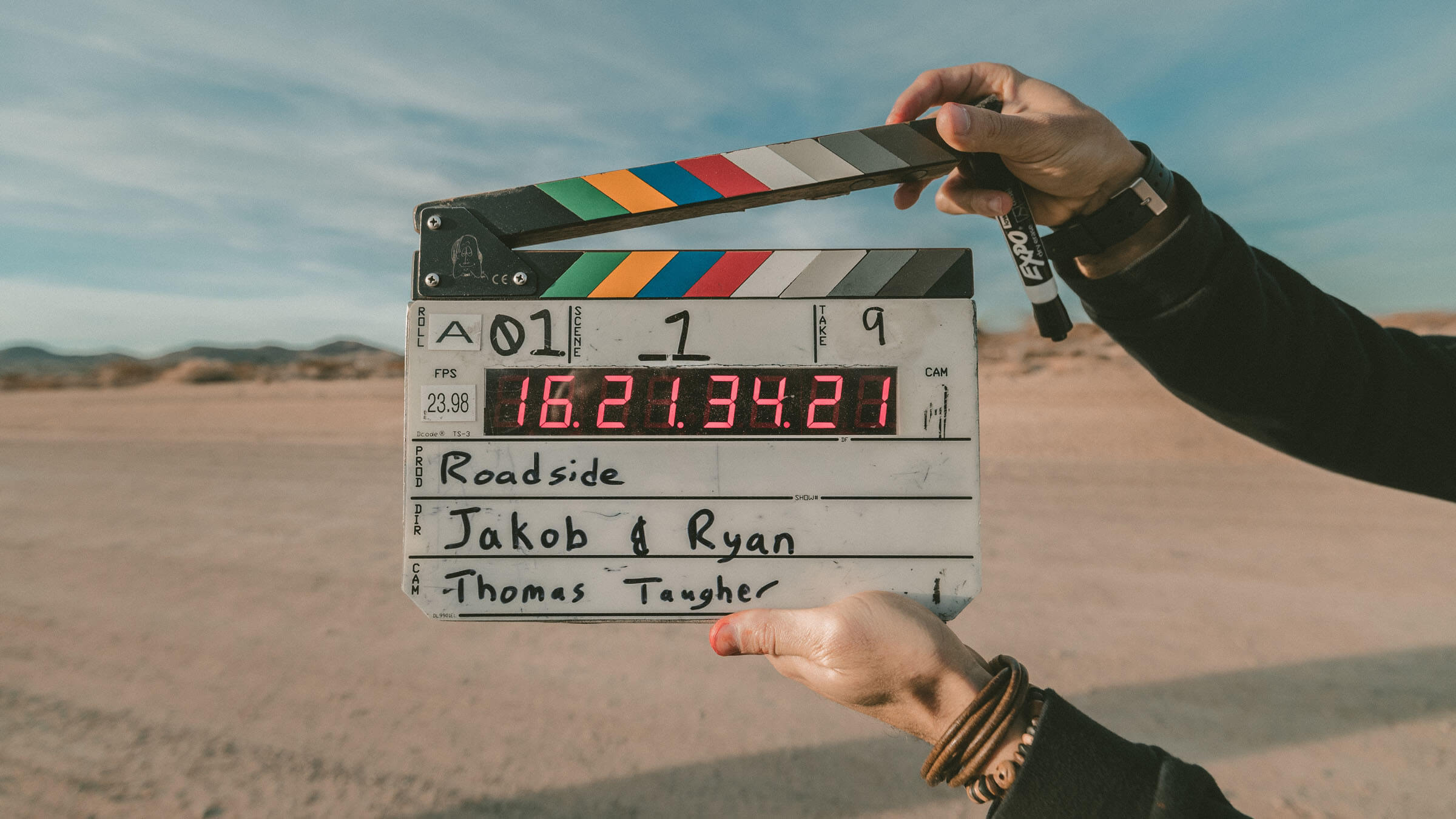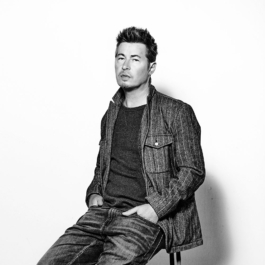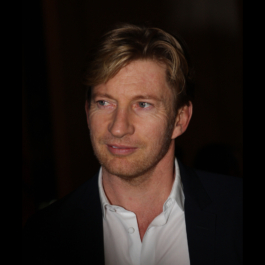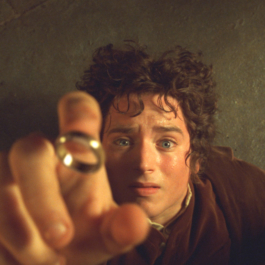Computer effects and CGI have made it possible for filmmakers to realise their visions in ways that were never possible before. However, cutting-edge technology can never replace the notion that the scene you’re watching on screen happened for real, particularly in action movies.
Strap yourself in and prepare for a wild ride, as we explore the greatest action scenes that contained real-life peril for the talent performing them, and why this jeopardy made the experience all the more thrilling.
Skyfall (2012)
The 23rd Bond film began with a breathtaking fight between Daniel Craig’s 007 and a would-be assassin on top of a speeding train. That’s really Craig on the roof, with only a thin support wire between him and certain injury. Given the film series’ history of death-defying stunts, the actor’s commitment to realism on screen has helped him become the most successful James Bond ever.
Salt (2010)
Angelina Jolie may be glamorous, but she can also get tough when she needs to! She performed almost all her stunts in this spy thriller (originally written for Tom Cruise), including a gasp-inducing jump from an overpass. That extra danger added the tension needed to draw audiences in, making it a surprise worldwide smash.
Speed (1994)
Keanu Reeves defied director Jan de Bont’s orders not to do this scene, involving jumping onto a speeding bus from a Jaguar. In the years just before CGI became prevalent, seeing Reeves’ face on screen as he jumped let the audience know this wasn’t a stunt man, making it easier to be drawn into the high stakes action. As a result, Reeves rose to become an action icon, and Speed took its place among the most beloved action films of the ‘90s.
Stagecoach (1939)
John Ford’s Western classic was the forefather of much that was to come in action sequences, and performer Yakima Canutt’s dive from his horse onto (and then under) real-life speeding horses is nothing short of a masterpiece of choreography. This scene – and others like it – ensured Stagecoach would live in infamy, lifted up by the legends that surround their making, and its influence can be felt in many other directors’ work to this day.
Indiana Jones and The Last Crusade (1989)
One of the many classic sequences inspired by Stagecoach was this chase from the third Indiana Jones adventure. Legendary stuntman Vic Armstrong performed the 4-metre leap from a horse to a Nazi tank, while the rest was performed by Harrison Ford himself. It’s no secret that cinema’s iconic heroes tend to be the ones audiences can believe in, and Indiana Jones has been etched into cinema history because his fans could see his bravery in stunts like these.
Project A (1983)
If there’s one actor who has really put his body on the line in the name of action, it’s Jackie Chan. Of all his many on-set injuries – fan lore has it that he’s broken every bone in his body – Chan considers this head-first fall from a clock tower the worst. He may have severely injured his neck, but the Hong Kong action star successfully achieved his goal of paying homage to his hero, the subject of our next hair-raising scene…
Safety Last! (1923)
Nearly a century on, Harold Lloyd hanging from a clock face is about as iconic an image as you can get. Before CGI, stunt men or even sound, the images on screen had to strike audiences with a sense of awe. Lloyd’s hapless store clerk clinging on for dear life was a scary, exciting image which showed early filmgoers the capabilities of the relatively new medium. Having been parodied countless times since, Lloyd’s bravery made him a legend.
Dunkirk (2017)
From one of the earliest films to one of the most recent: Christopher Nolan’s war epic may not yet have hit cinemas, but the director has continued his commitment to making the filming process as realistic as possible, using real battleships in his portrayal of the heroic evacuation of Dunkirk during World War 2. The filmmaker has always relied on the practical side of cinematography, no matter the subject, and drawn Oscar-winning performances from his actors as a result.
Apollo 13 (1995)
Realism was also a priority 20 years ago for Ron Howard and his true-to-life drama. The zero gravity scenes took place in, well, zero gravity, aboard a Boeing KC-135 (also known as ‘The Vomit Comet’), which replicates the conditions of space. The actors spent 4 hours in weightlessness, much more than trainee astronauts. Tom Hanks commented that the conditions made all the difference to his performance.
Mission: Impossible – Rogue Nation (2015)
Action sequences have always been a signature of Tom Cruise’s spy series, particularly as he performs them himself. So how do you top hanging from cliffs, climbing skyscrapers and dangling on wires? How about holding on to the side of a plane during take off? At a time when jaded audiences think everything they see on screen is ‘fake’, Cruise gives them real action!
Mad Max: Fury Road (2015)
George Miller’s return to the world of Mad Max became an instant classic with its gritty, grounded aesthetic that put fans in the driver’s seat for a hellish ride across the desert. While CGI was used to reduce danger and enhance certain shots, most of the stunts and vehicles were real, including the striking sight of a guitarist travelling on a wall of speakers. The ‘Doof Warrior’ (played by Australian musician iOTA) came complete with a guitar that really spat fire.
Ben-Hur (1959)
From chariots of the future to chariots of the past. Perhaps the most famous race in cinema history was this one, featuring star Charlton Heston taking the reigns and, along with his co-stars, racing the equivalent of 300 kilometres to capture brilliance on film. Prior to CGI trickery, filmmakers went the extra mile to bring the script to life, and that included Heston taking 3-hour chariot driving lessons every day. The authenticity led to a new standard in epic films, as well as an indelible movie icon.
Vanishing Point (1971)
Another landmark in action cinema, mysterious driver Kowalski’s tear across America at the dawn of ‘70s cynicism has inspired filmmakers, musicians, writers and, of course, car enthusiasts for decades. Lead Barry Newman was behind the wheel for much of the film, trained by the stunt coordinator behind fellow motoring classic Bullitt. While not elaborate, it is a masterclass in driving on film, including the real-life crash at the film’s bitter climax.
Death Proof (2007)
One of the many fans of Vanishing Point was Quentin Tarantino, who referenced the film heavily in this female-led thriller. Stunt-legend-turned-actress Zoë Bell is really on the front of a car very similar to Kowalski’s Dodge Challenger, performing the hair-raising ‘Ship’s Mast’ stunt before villain Kurt Russell tries to run them off the road. It’s a love letter to film history and evidence of how excitement – and terror – can be viewed up close when done for real.
Hooper (1978)
An otherwise ordinary action-comedy, Burt Reynolds’ ode to ‘70s stuntmen was made extraordinary by one 70-metre freefall, from a helicopter, by double A.J. Bakunas. It helped the mythology surrounding Bakunas and the film to live on, as evidence of a man doing the impossible on camera.
Crank (2006)
While Jason Statham’s multi-storey fall at the end of this high-octane ride was fabricated, his showdown with nemesis Verona on the side of a helicopter, 900 metres in the air with only a wire for safety, was very real. Heights didn’t hold much fear for the former professional diver, and Statham earned a reputation as a tough guy actor that would make him a prominent part of action hero super team The Expendables.
Rocky IV (1985)
Filming the 4th Rocky film proved just as intense for the actors as it was for the characters. Director/star Sylvester Stallone and Dolph Lundgren actually sparred during the early parts of the final fight, injuring the Stallone in the process. His boxing franchise always relied on drawing you to the edge of your seat, suspending disbelief and following the fight as if it were any other boxing match. The knowledge that they actually exchanged blows adds to that feeling.
The Dark Knight (2008)
Christopher Nolan’s love of reality stretched to the very unreal world of Batman. In a scene where The Caped Crusader (Christian Bale) flips The Joker’s (Heath Ledger) truck, a CGI equivalent could easily have been used, but Nolan wanted legitimacy. Therefore, it’s a genuine truck, with a driver, being flipped head over axle! It’s a signature shot in the film and something that wouldn’t have had the same impact had it been rendered on a hard drive.
Baby Driver (2017)
Another film yet to hit our screens, but one that also promises tangible thrills. At the recent South by Southwest Festival in Austin, Texas, the film’s director Edgar Wright revealed that none of the film’s many car chases and stunts were completed using computer effects, and only a minimal amount of green screen was used. You can decide for yourself whether this homage to ‘70s car chase thrillers benefits from that realism, but the standing ovations that greeted press screenings suggest it was the right choice.














Sorry, the comment form is closed at this time.